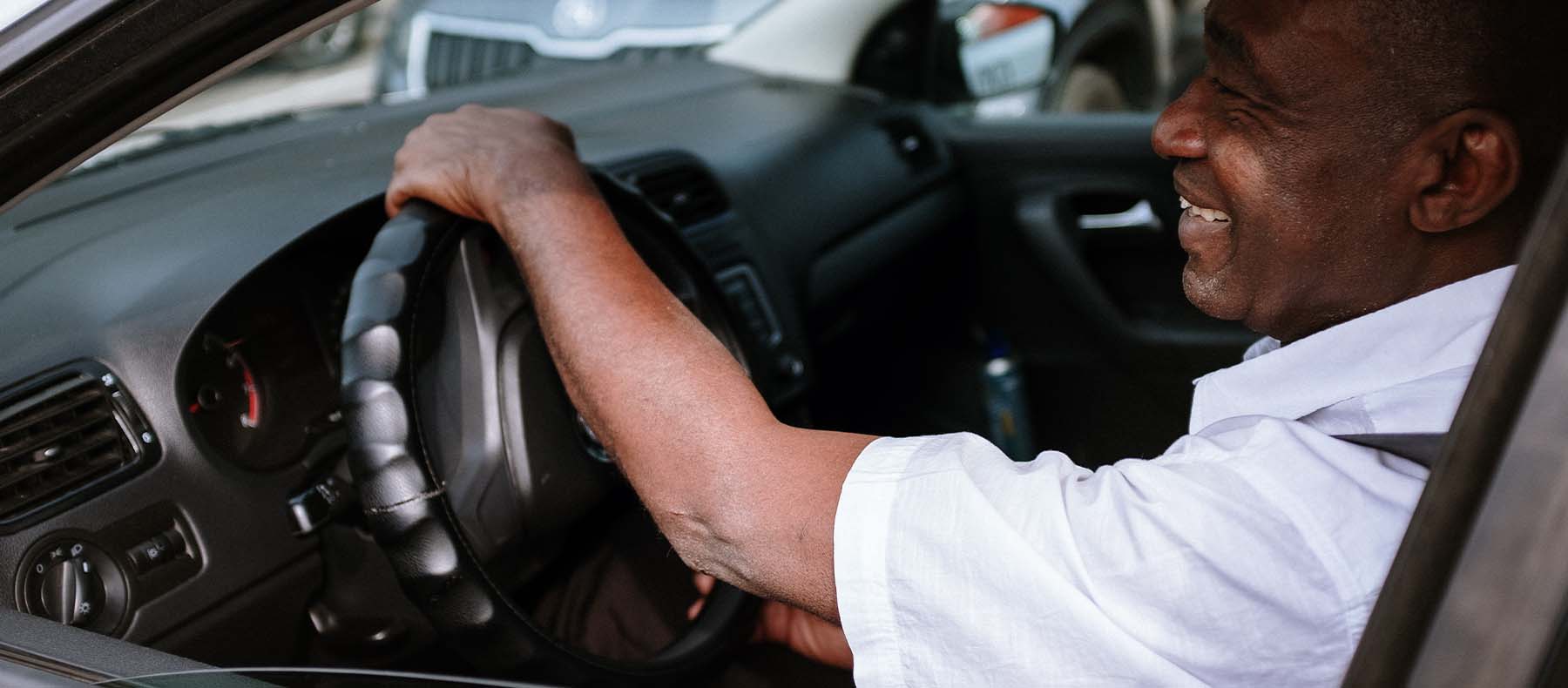Driving at night is more dangerous than driving during the day, it shouldn’t come as any surprise to most drivers to hear this.
It makes sense that driving during the day is safer, after all humans are biologically geared to being active in the daylight and drivers and pedestrians are more attentive and aware of things during the day.

How to minimise the dangers of driving at night
Night driving has many possible dangers, with drivers being tired, having compromised vision, possible rush hours, and driving impaired by alcohol abuse.
All of these things can turn road safety at night into a nightmare. Did you know that the risk of having a fatal crash at night is three times greater than during the day? In this blog we take a look at some of the dangers of driving at night and how to keep you and your passengers safe.
Fatigue
Drivers should make sure they are well rested before getting on the road. Research by the National Sleep Foundation in America shows that 60% of adults have driven while tired and 37% have fallen asleep at the wheel.
13% said they fell asleep at least once a month and 4% said they caused an accident by doing this. Tiredness and road safety don’t go hand in hand.
Many accidents reported by police are a result of fatigue driving.
There are many ways that you can ensure you don’t become a statistic according to the National Sleep Foundation including making sure you get at least 7 hours sleep a night, avoiding driving when you’ve been awake for more than 24 hours, and stopping periodically to take a rest.
Substance abuse
One of the biggest causes of casualties that happen every day is alcohol. There are also many people killed by drivers using prescription medicines and other drugs.
Impaired drivers are mostly on the road after dark so if you are driving at night you need to take this into consideration.
Reduced vision
It goes without saying that your ability to see things around you is crucial to driving. So any factor that reduces vision diminishes driving ability. Night vision decreases with old age.
This means that a 50-year-old driver might require twice the amount of light that a 30-year-old does in order to see well. If you are an older driver optometrists recommend that you have regular eye exams in the interest of road safety.
You should also make sure that you are aware of the effects of prescription drugs, minimise distractions while driving, and try to make sure that you do most of your driving in daylight hours.
Rush hour
The most congested traffic hours are more dangerous for driving. People tend to be eager to get home from work and are irritable because of a lot of other drivers on the roads.
If you drive during these times try to be patient and reduce your speed. Stay alert especially of drivers darting from lane to lane and avoid distractions such as your phone and eating and drinking.
We do much less driving at night and yet this is when a large portion of our traffic deaths happen. Stay safe by being more vigilant of road safety at night.
Here at Avis Fleet, we like to offer our customers total peace of mind that should something go wrong, our fleet company will be there to assist you in every step of the process.
Our comprehensive fleet management solutions take the sting out of dealing with the unforeseen. Have a look at our accident management solution to see how we can assist you.





